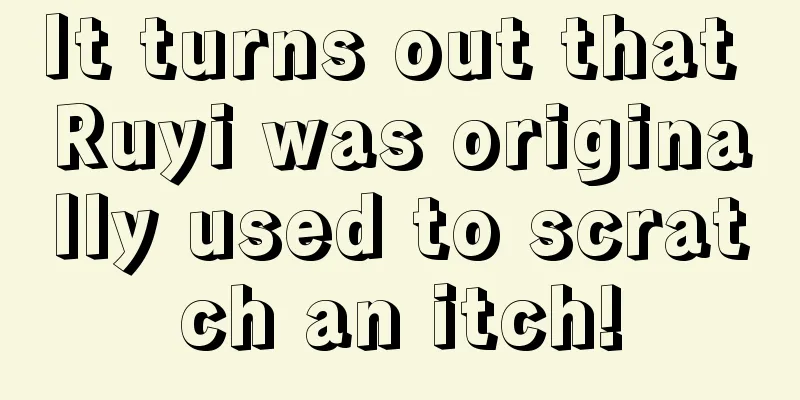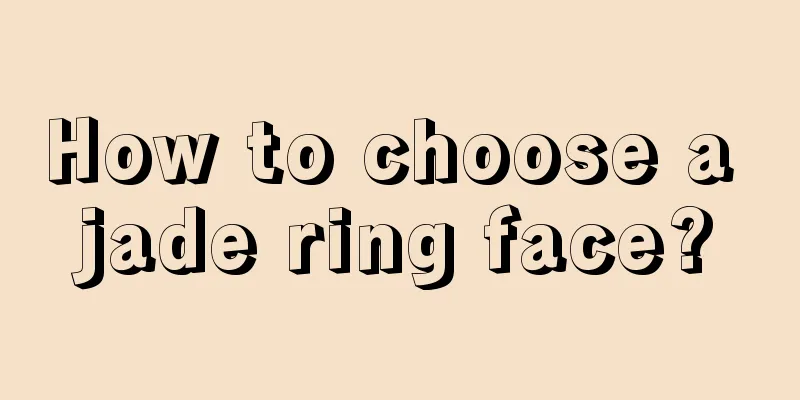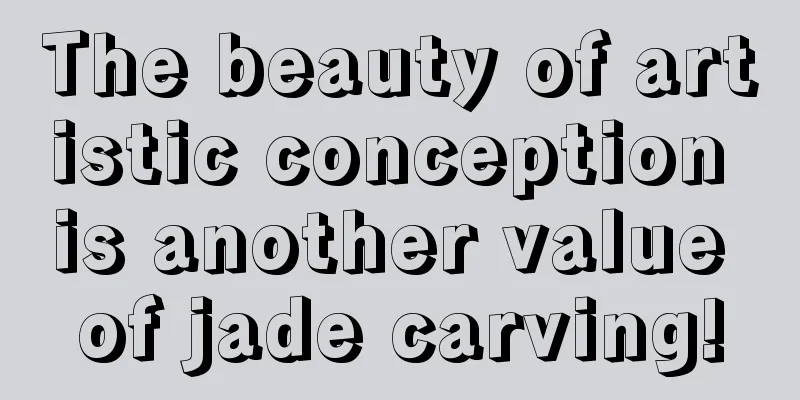Guanyin, God of Wealth, do you know any other jade carving techniques?

|
Jade culture has had a huge and far-reaching impact on the long history of Chinese civilization. In primitive society, jade stood out from the common stone tools and began to be used as ornaments to be worn on the body. Hongshan Culture is the representative of northern jade culture. Six or seven thousand years ago, our ancestors were able to use the simplest tools to produce jade rings, jade beads, and jade tubes with exquisite craftsmanship that are unbelievable to modern people. Many modern jade-making techniques continue the historical heritage. From the Spring and Autumn Period and the Warring States Period to the middle and late Ming Dynasty, my country's jade-making technology reached a peak, and the forms of the objects made included almost all the common and commonly used objects in life. Jadeite, as the king of jade in modern times, is very expensive. Craftsmen will carefully observe the jadeite when they get it, to see how big the piece can be, whether there are cracks, whether they can get the most colors, and how to carve it to show the agility of the jadeite. These considerations are the result of years of research by the craftsmen themselves. Today I will introduce to you some common jade carving techniques. 1. Buddhas and Bodhisattvas: Jade has patterns of Tathagata, Bodhidharma and Guanyin, which means that blessings (Buddha) are with you and bless you with peace. Wheat ears: The pattern of wheat ears on jade symbolizes peace every year. Pomegranate: The pomegranate pattern on jade symbolizes the prosperity of the nation with hundreds of seeds. Leaves: The pattern of leaves on jade symbolizes a successful career. Ganoderma lucidum and orchid: The patterns of Ganoderma lucidum and orchid on jade symbolize the friendship of gentlemen. God of Wealth: The pattern of the God of Wealth on jade means attracting wealth and treasure. Dragon and Phoenix: The patterns of dragon and phoenix on jade symbolize pairs or represent auspiciousness and good fortune. Bat: The bat pattern on jade means good fortune. Five bats represent the five blessings. If bats are with coins, it means good fortune is at hand. If bats are with sunrise or waves, it means good fortune as vast as the East Sea.
fruit fcgc33 |
<<: The development of world jewelry culture: the fine jade hairpins, the fine jade gilded with gold
>>: Appreciation of the finest jadeite--cockscomb red and chicken-oil yellow jadeite
Recommend
The most commonly used carving technique for jadeite - detailed explanation of relief carving
Relief is a very common carving technique in jade...
Jade is unique and extremely beautiful!
Collection, as the name suggests, means to collec...
Identify B-grade jadeite from five aspects
Jade is loved by Oriental people and is also know...
How to distinguish natural red jadeite from burned red jadeite?
In fact, it is not difficult to distinguish the t...
The process of processing jadeite raw stone into bracelets
1. Polishing Stone Rub a hole on the surface of t...
Seven Tips for Identifying A-Grade Jadeite
When collecting and investing in jadeite, the fir...
The legendary dragon stone jade is a hundred times more beautiful than the glass type!
Usually, the color and water quality are importan...
How to choose the jadeite egg-shaped jadeite with a great appreciation rate
In recent years, jade egg-shaped beads have repea...
There is a saying in the jade industry that "30% material, 70% workmanship", does it mean that carving is more important than raw materials?
We all know that the quality, texture, and color ...
Investment and Collection of Jadeite
Now let’s discuss with you the topic of jade inve...
Everyone knows that jadeite is the "king of jade", but do you know where this title came from?
As for jadeite, I believe many people have one or...
Why is water essential for the maintenance of jade pendants? How important is water to jade?
There are many categories of jade products. Accor...
How are jade bracelets processed and made?
From the plain-looking raw jade to the exquisite ...
How do jade carving masters carve jade?
Looking at the dazzling array of beautiful jewelr...
Jade is made up of “30% material and 70% craftsmanship”. So what kind of carving is considered good?
There is a saying in the jade industry that "...









